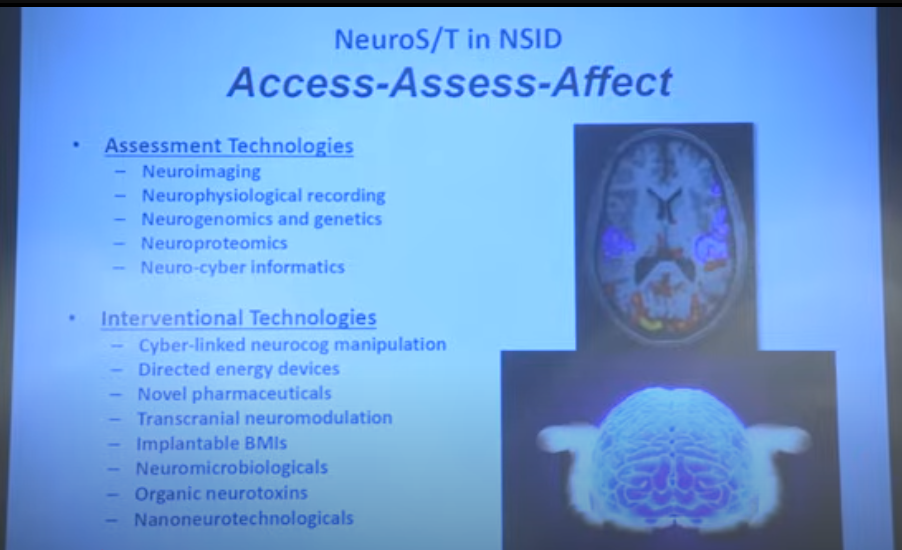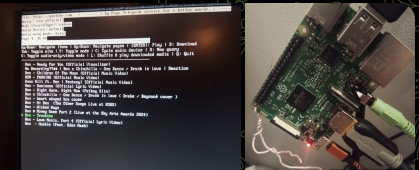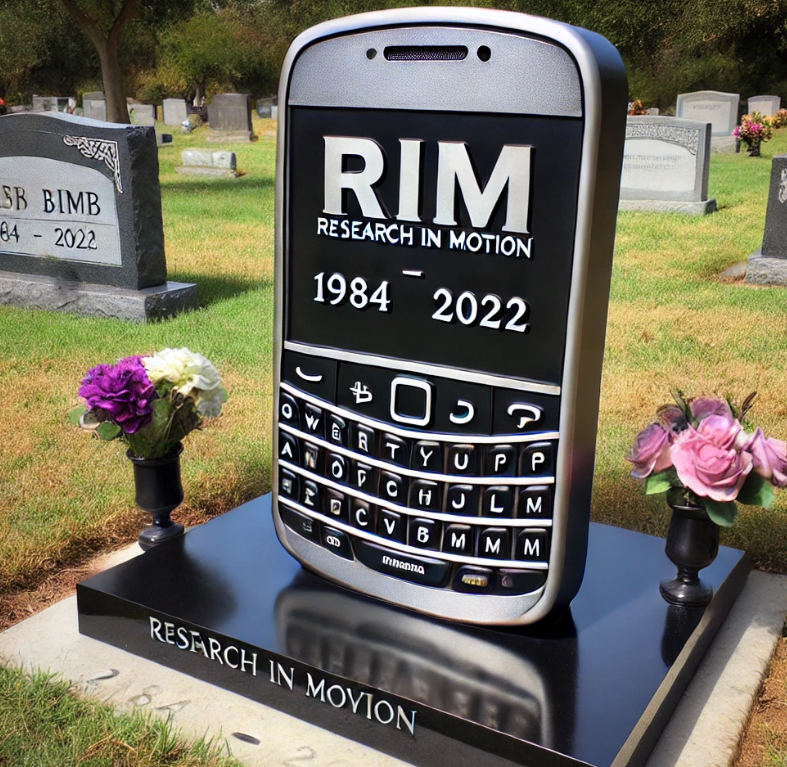3 min read
0
Doublethink and the Flames of Deception: Revisiting the LA and Hawaii Fires
In the wake of the devastating fires in Los Angeles and Hawaii, particularly those in Lahaina, Maui the public narrative has largely framed these events as natural disasters exacerbated by dry conditions and high winds. However, recent satellite video evidence has begun to challenge this narrative, suggesting that these might not have been entirely natural occurrences. Here, we delve into this discourse, using the Orwellian concept of “doublethink” to frame the complexity of understanding and discussing these events. The term “doublethink” from George Orwell’s 1984 describes the act of simultaneously accepting two mutually contradictory beliefs as correct. In the context of the LA and Hawaii fires, this manifests in the public’s acceptance of the official narrative while new evidence suggests the involvement of what some are calling “exotic…










